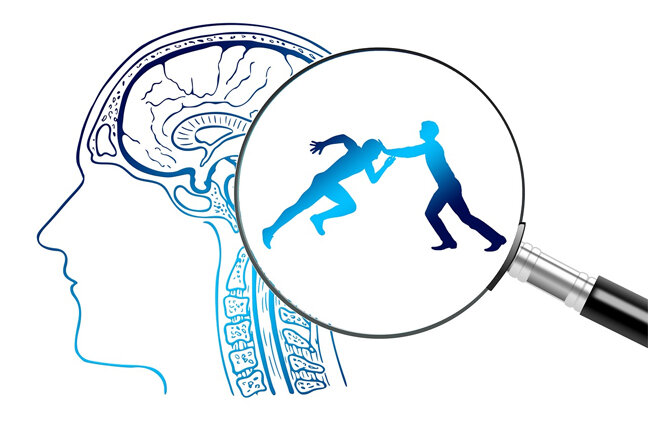
Air pollutants coming from natural and human-made resources are damaging to human health, plants, animals, and planet Earth as a whole. Currently, it is one of the world’s biggest health and environmental problem which need serious solutions.
Given that air pollution contributes to 11.65% of global death in the latest year and indoor pollution rates tend to be higher, ozone generators are deemed effective solutions for cleaner indoor air.
But how do ozone generators actually work? Ozone generators or commonly referred to as ozone machines are products that are designed intended to produce ozone by breaking oxygen molecules into single atoms. Then, these single atoms are then linked to other oxygen molecules to form ozone. This process is called the silent corona discharge.
Are Ozone Generators Effective In Removing Smells and Odors?
Cleaner indoor air is one of the famous reasons why ozone generators are commonplace in households. This is also the common use for ozone generators as per manufacturers’ claim. However, evidence shows contradicting results for the “do ozone generators actually work” question when it comes to removing indoor smells.
The answer is YES. Ozone generators enhance indoor air quality by cleaning indoor pollutants. The ozone molecules will react with viruses, bacteria, and other indoor pollutants to break down the source of the odor.
Ozone generators are found to be also effective in certain kinds of VOCs (Volatile Organic Compounds) like those in cleaning agents and cooking oils. Besides, ozone is believed to chemically react with acrolein, a respiratory irritant commonly formed when smoking or during high-temperature cooking.
In addition, ozone generators are effective in removing air-borne microbes. Mold spores that are invisible to the naked eye, when inhaled can cause coughing, eye irritation, and other allergic symptoms that can make you sick.
Since molds grow from high humidity and moisture, ozone can potentially harm their natural growth by changing the air composition indoors, thus destroying molds and other indoor air contaminants for cleaner and pleasant-smelling air quality.
Do ozone generators actually work with pet smells? Stinkiness indoors caused by pets can be masked by ozone generators but not pet urine which will not oxidize.
What Are The Dangers of Ozone Generators?
Ozone generators can also be harmful since it is difficult to predict the actual concentration of ozone created because of the several factors that come into play. That said, high exposure levels may cause lung irritation, coughing, throat irritation, chest pain, or lung inflammation.
Those with allergies or suffering from bronchitis or asthma must not use ozone generators or be in a confined space with ozone generators.
As per health standards, the use of ozone must not exceed the limit of 8 hours and ozone of concentration of 0.08ppm. If you use an ozone generator to eliminate car odor, run the machine for an hour or two, then let the air from the car out the whole night.
You must not be in the room where you use the ozone generator. Wait for 2-4 hours before you re-enter the room. For larger rooms, run the ozone generator for 2-3 hours only.
It is a must to vacate the room where the ozone generator is running. Children, plants, and pets must vacate the space to ensure safety.





